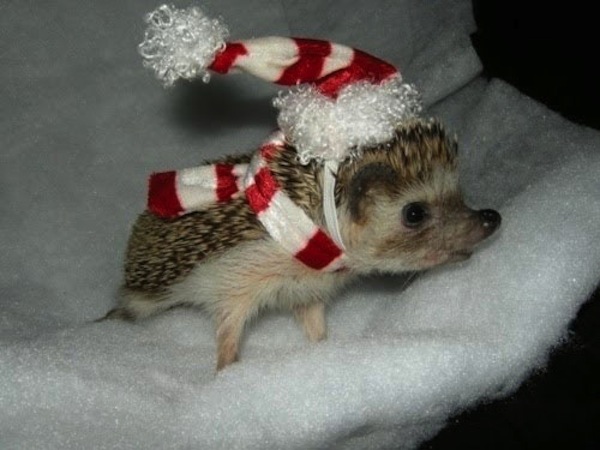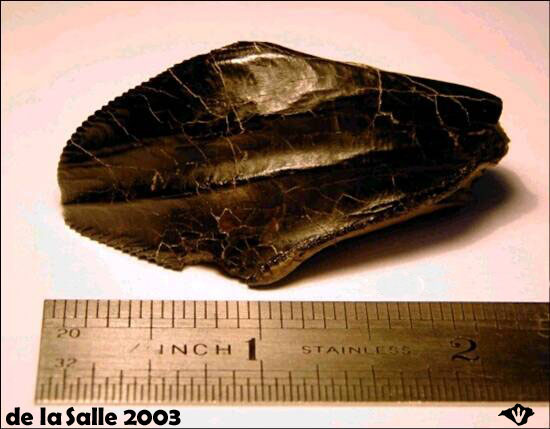A slightly different #fossilfriday this week ( I missed last week as I was busy hiking and looking for fossils on the American Prairie Reserve). Back in 2000 I found a very productive seam of microvertebrates in the Oligocene Hamstead beds of Boldnor on the Isle of Wight. We retrieved something like 300 mammal teeth from only about 1-2 kilos of sediment. Jerry Hooker (Natural History Museum, London) came over to Bristol University to see the fossils and told me that among our cache were the best preserved oldest hedgehog teeth in the world. I gather that there are older hedgehog remains, but these teeth are the best preserved. Anyway, everyone likes hedgehogs, so I was very pleased.
 |
| Fossil Hedgehog teeth. Adapted from Hooker (2010). |
The specimens were donated to the NHM to be studied by Jerry. The above image is a figure from his 2010 paper and shows Scanning Electron Microscope photos of hedgehog teeth from Hamstead. I do not know if the teeth shown here are the ones I found, but I suspect they are.
The hedgehog teeth are part of the fossil fauna from immediately after the Grande Coupure extinction event that occurred in the northern hemisphere in the earliest Oligocene, about 34 million years ago.
This image is a bit plain though, so here's a photo to remind you of how cute hedgehogs are:
 |
| (image from pinlovely.com) |



